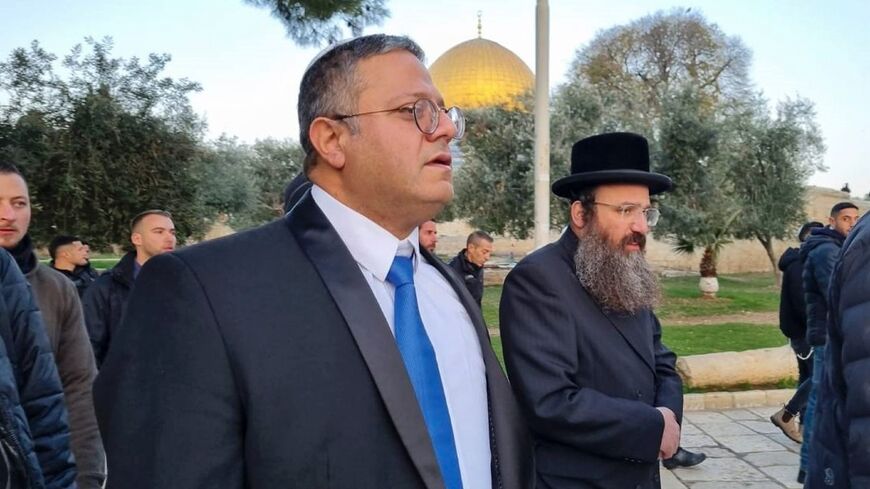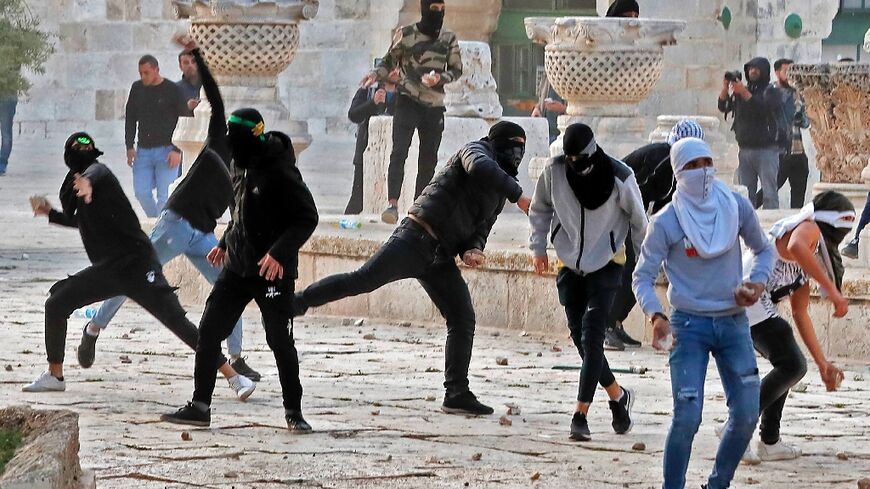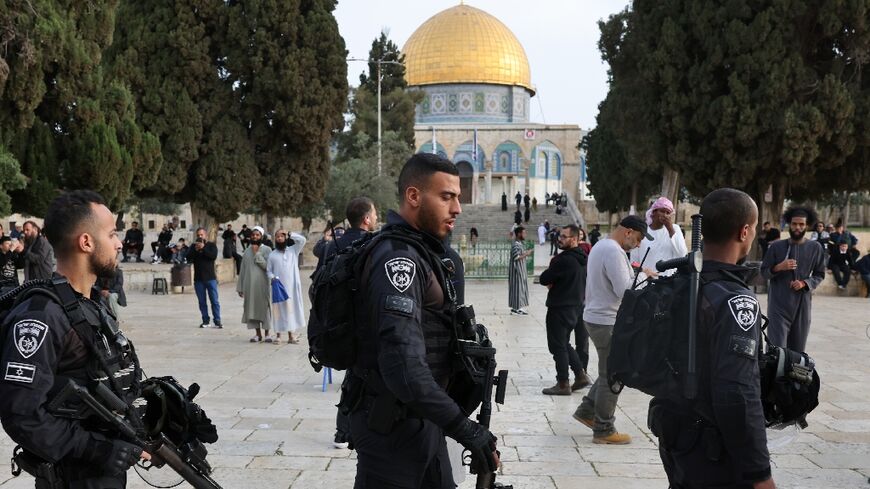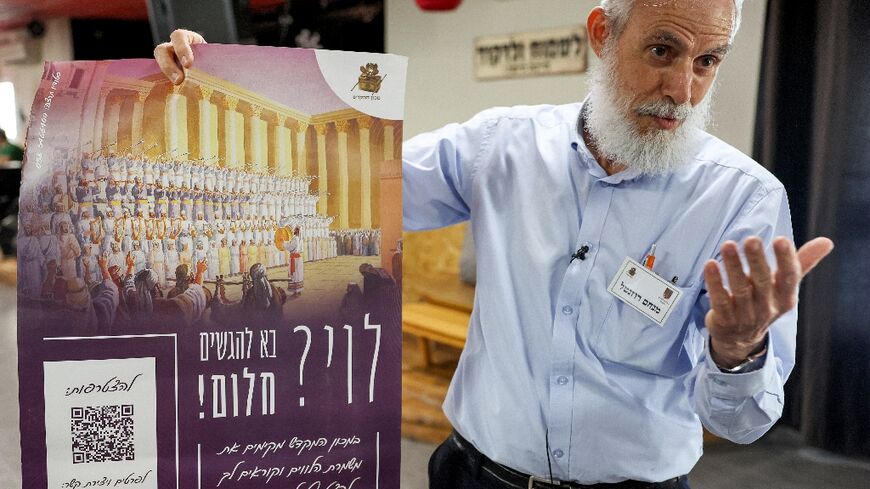Al-Aqsa mosque compound: Jerusalem's flashpoint holy site
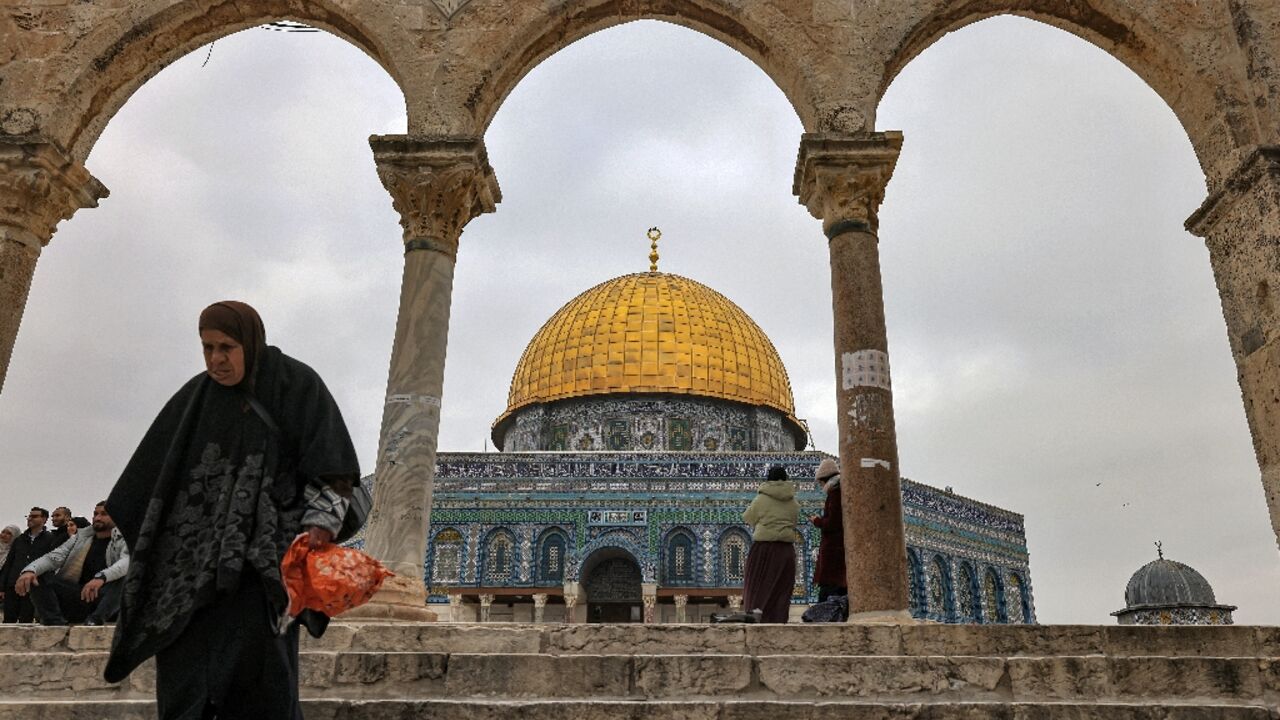
The Al-Aqsa mosque compound, known to Jews as the Temple Mount, is a site sacred to both Islam and Judaism in the Old City of Israeli-annexed east Jerusalem that has long been a lightning rod in Israeli-Palestinian relations.
On Wednesday, Israeli riot police stormed the mosque to dislodge what it called Palestinian "agitators" who barricaded themselves inside after the last prayers of the day with fireworks, sticks and stones.
The clashes at the site, which is the third-holiest in Islam and the holiest in Judaism, came after Jewish radicals called for animals to be sacrificed in the compound to mark the Jewish Passover holiday.
- Prophet's night journey -
The 14-hectare (35-acre) rectangular esplanade at the southeast corner of the Old City was seized by Israel in the Six-Day War of 1967 along with the rest of east Jerusalem and later annexed in a move never recognised by the international community.
Israel considers all of Jerusalem as its indivisible capital, but the Palestinians want the eastern sector, which includes the Old City and its sacred sites, as the capital of their future state.
Known to Muslims as Al-Haram al-Sharif (the Noble Sanctuary), the compound houses the Al-Aqsa mosque and the Dome of the Rock, a famous golden-topped shrine.
Believed to be where the Prophet Mohammed ascended to heaven on a winged horse, it is the third-holiest site in Islam after Mecca's Grand Mosque and the Prophet's Mosque in Medina, both in Saudi Arabia.
- Wailing Wall -
The compound in its current form was built in the seventh century on the site of the Second Jewish Temple that was destroyed by the Romans around 70 AD.
The area is revered by Jews, who come from across the world to pray at the Western Wall, also known as the Wailing Wall, a remnant of the Second Temple that is situated just below the esplanade and is the holiest site where Jews can pray.
In Hebrew, the whole area is referred to as Har HaBayit -- the Temple Mount.
- Select entry -
Al-Aqsa mosque is administered by Jordan in coordination with the Palestinians but access to the site is controlled by the Israeli security forces.
Decades-old convention allows Muslims to enter the mosque compound at all times of day or night, but non-Muslims can only do so at certain times and are banned from praying inside.
However, in recent years Israeli police have repeatedly closed access to Al-Aqsa during times of tension and ultra-nationalist Jews, who want to begin building a new temple at the site, have been caught praying inside.
- Decades of tensions -
The site has long been a tinderbox in the conflict between Israel and the Palestinians, with tensions often peaking during the Muslim holy month of Ramadan.
A controversial visit to the mosque compound in September 2000 by Israel's then opposition leader Ariel Sharon was one of the main triggers for the second Palestinian intifada, an uprising that lasted from 2000 to 2005.
The day after Sharon's visit, Israeli police shot dead seven Palestinian protesters in clashes.
In 2017, the compound was temporarily closed after three Arab Israelis opened fire at police near the mosque, killing two of them, before fleeing into the compound, where they were shot dead by security forces.
Two years later, clashes between police and worshippers at the compound left dozens of Palestinians wounded.
During Ramadan in 2021, Israeli police stormed Al-Aqsa mosque to end a sit-in by worshippers -- events that led up to an 11-day war between Israel and the Gaza Strip's Islamist rulers Hamas.
The compound saw renewed clashes during the spring of 2022 that left hundreds of Palestinians wounded.
In January, a visit by Israel's extreme-right National Security Minister Itamar Ben-Gvir also caused tensions.


